6 Free Historical Crown transparent PNG images
Explore our curated collection of Historical Crown imagery, featuring 6 free AI-generated images that capture the majesty and splendor of royal headpieces throughout history. Our diverse gallery includes stunning stock photos, detailed 3D objects, elegant vectors, and artistic illustrations. Each image is available in high resolution for free download, and you can customize any design using our 'open in editor' feature to adjust the prompt and regenerate images that perfectly match your vision.
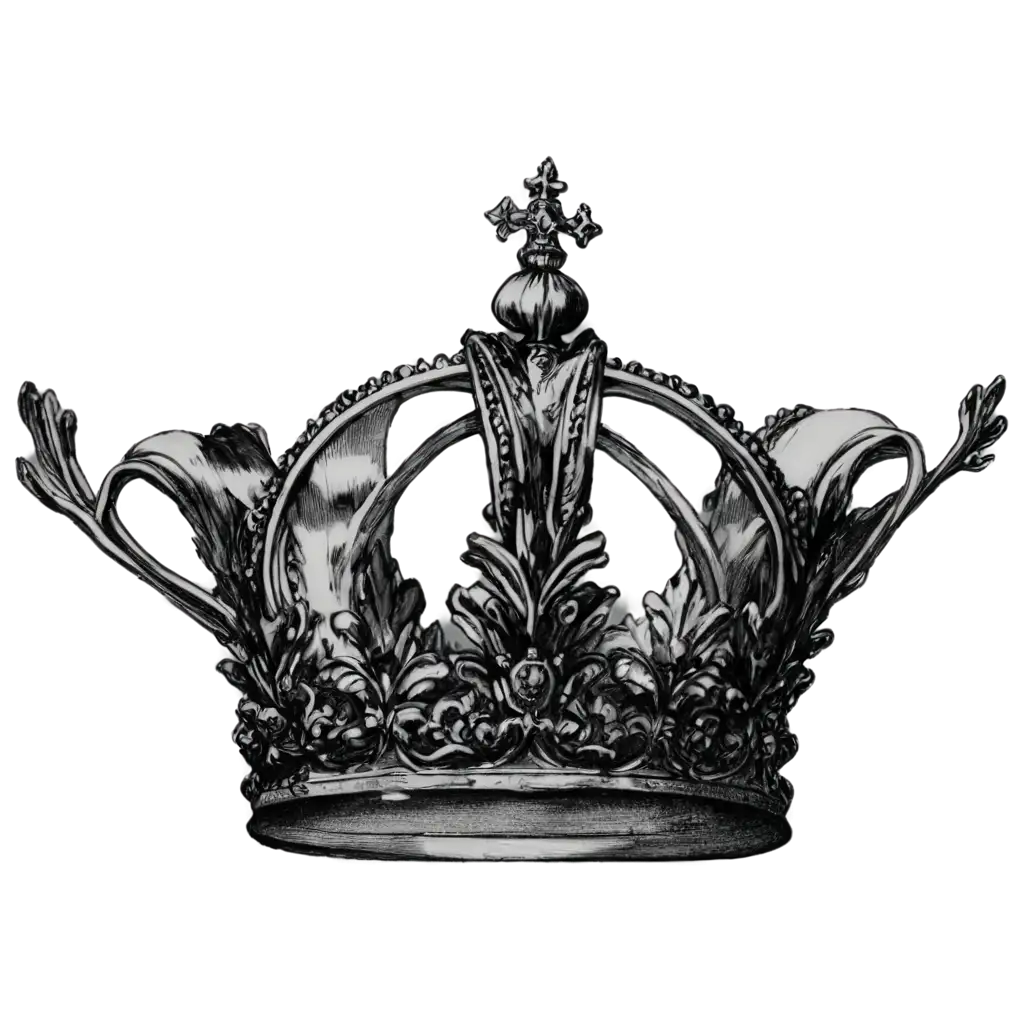
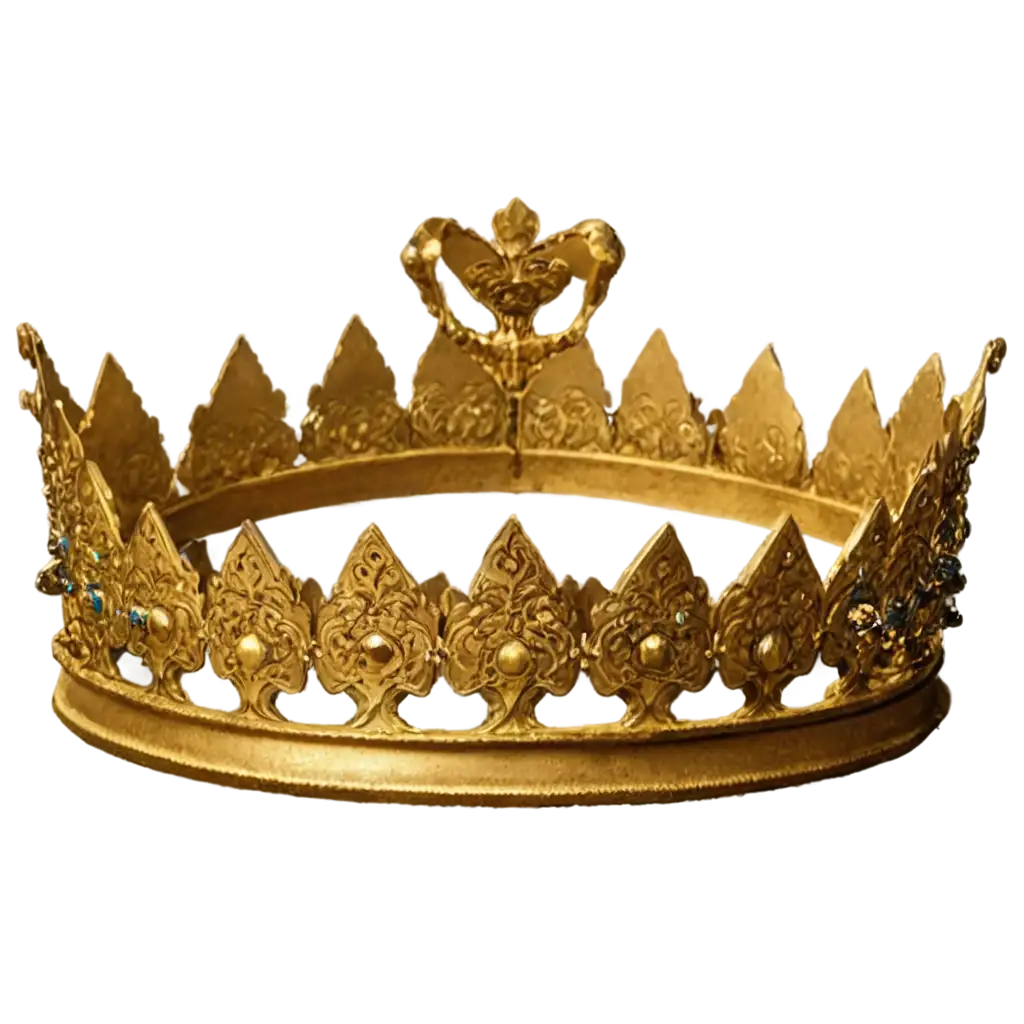
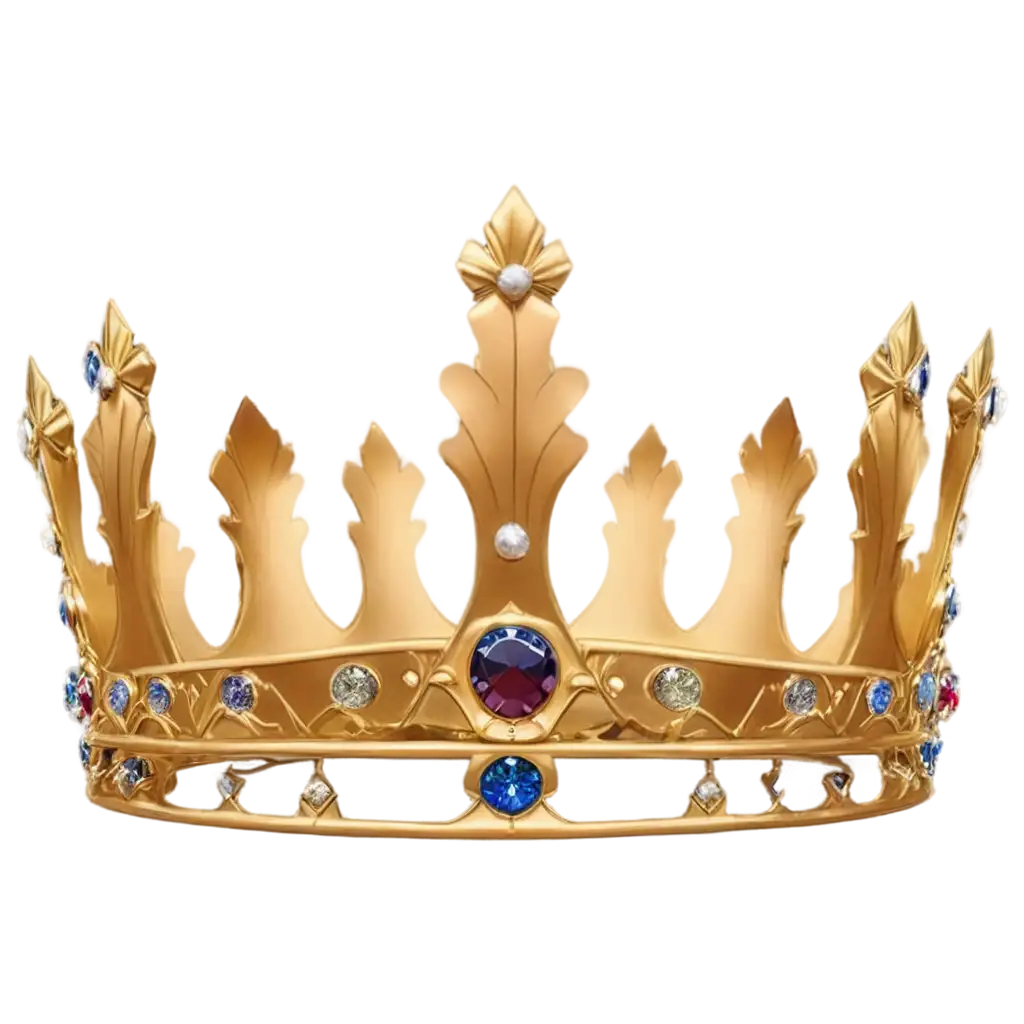
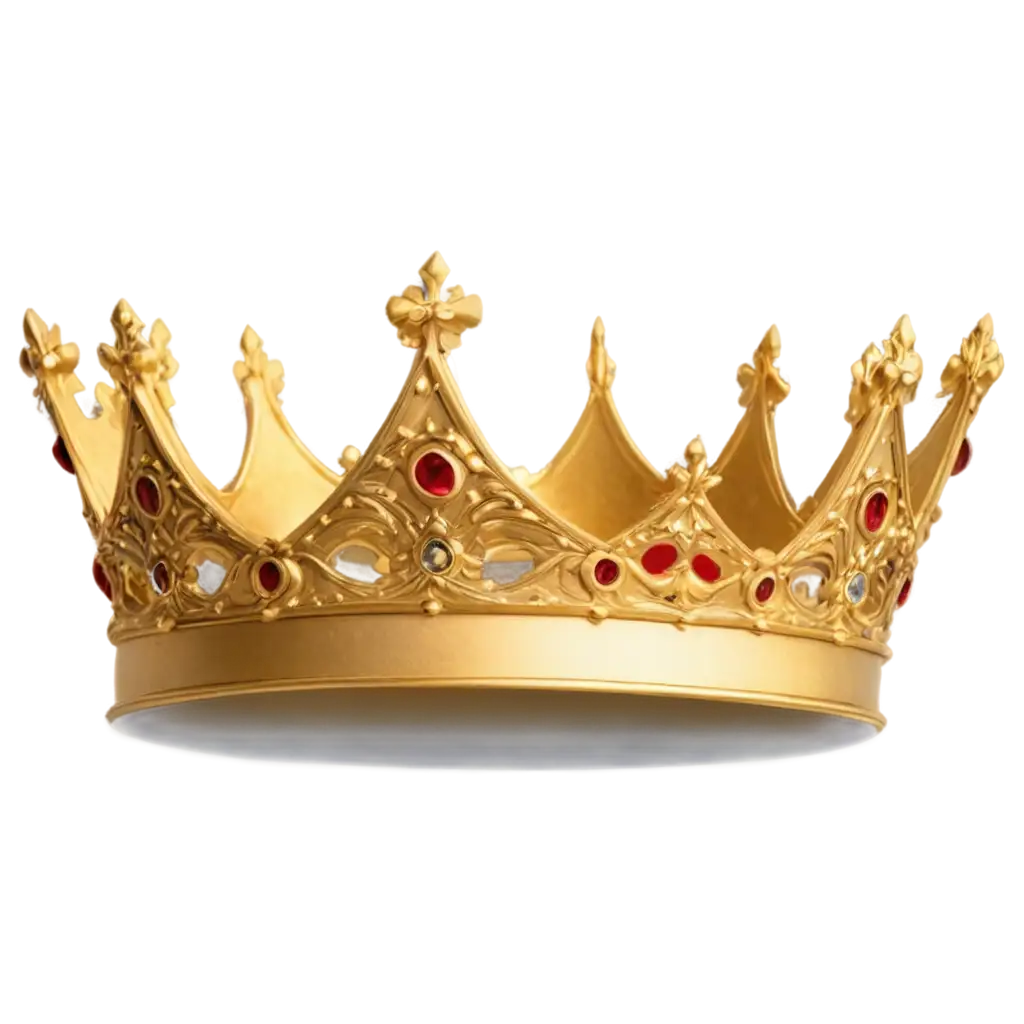
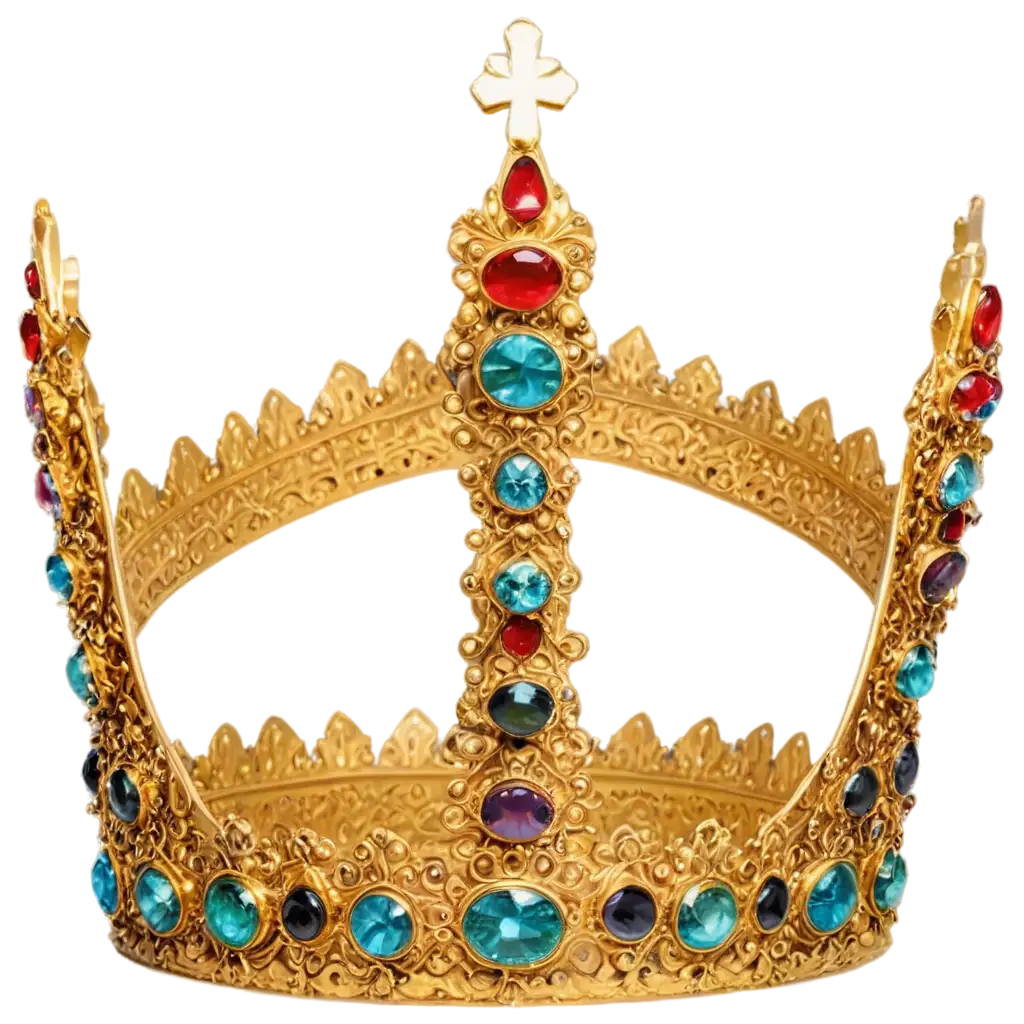
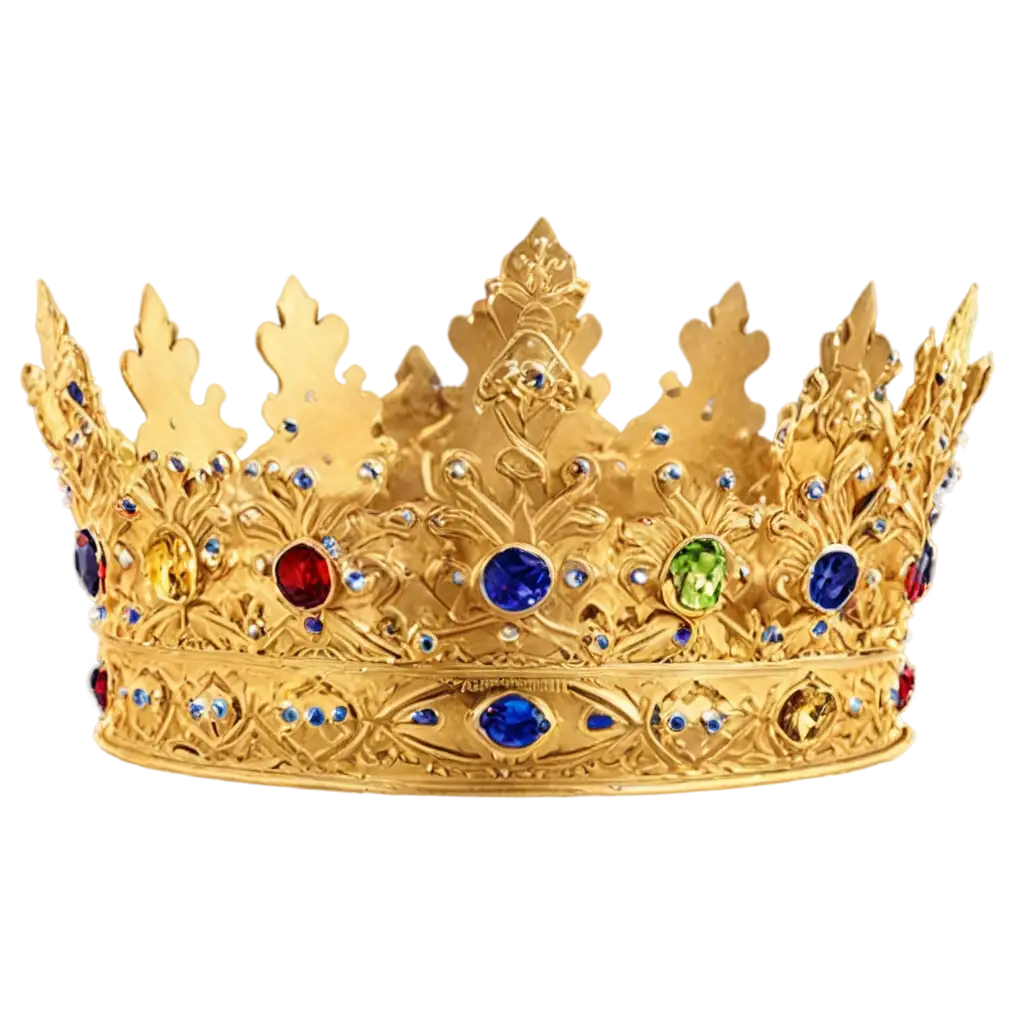
Historical crowns represent the epitome of royal power and authority across civilizations. Ancient Egyptian pharaohs wore the distinctive pschent, combining the red and white crowns of Upper and Lower Egypt. Medieval European crowns, such as the Crown of Charlemagne and the Imperial State Crown of Britain, featured intricate goldwork and precious gemstones. The evolution of crown design reflects changing artistic styles, from the Byzantine Empire's elaborate circlets to the Renaissance's more refined approaches. Each historical period contributed unique elements to crown design, from the Celtic torcs to the Ottoman turbans with jeweled aigrettes, creating a rich visual legacy that continues to inspire modern interpretations.
Historical Crowns Through the Ages: From Ancient Regalia to Modern Interpretations
Royal crowns incorporate specific design elements that convey meaning and authority. Common features include precious metals like gold and silver, representing purity and divine right to rule. Gemstones carry symbolic significance: rubies for passion and power, sapphires for divine favor, and diamonds for strength and clarity. The physical structure typically includes a circlet base with varying numbers of crosses, fleurs-de-lis, or other cultural motifs rising to meet at the apex. Arches, when present, symbolize sovereignty, while the orb and cross topper represents Christian authority over the temporal world. These elements combine to create instantly recognizable symbols of monarchy that transcend cultural boundaries.
Design Elements and Symbolism in Royal Crown Imagery
When generating AI images of historical crowns, attention to period-specific details is crucial. Key considerations include the metallurgical techniques available during different eras, authentic gemstone cuts and settings, and appropriate cultural motifs. For medieval European crowns, incorporate gothic architectural elements and religious symbolism. Asian imperial crowns often feature jade, pearls, and distinctive dragon motifs. Consider lighting effects that highlight the metalwork and gemstones' natural properties, creating realistic reflections and shadows. The level of detail in filigree work, enamel inlays, and textile elements like velvet caps or ermine trim adds authenticity to the final image.
Creating Authentic Historical Crown Visuals with AI
Historical crown imagery finds diverse applications in contemporary contexts. In media and entertainment, accurate crown representations are essential for historical documentaries, period dramas, and educational materials. The gaming industry regularly incorporates crown designs into RPGs and strategy games set in historical periods. Luxury brands often draw inspiration from royal regalia for logos and product design. Event planners and wedding designers frequently reference historical crowns for themed celebrations and ceremonial accessories. Museums and cultural institutions use detailed crown imagery for virtual exhibitions and educational resources, making historical artifacts accessible to global audiences through digital means.
Modern Applications and Uses of Historical Crown Imagery